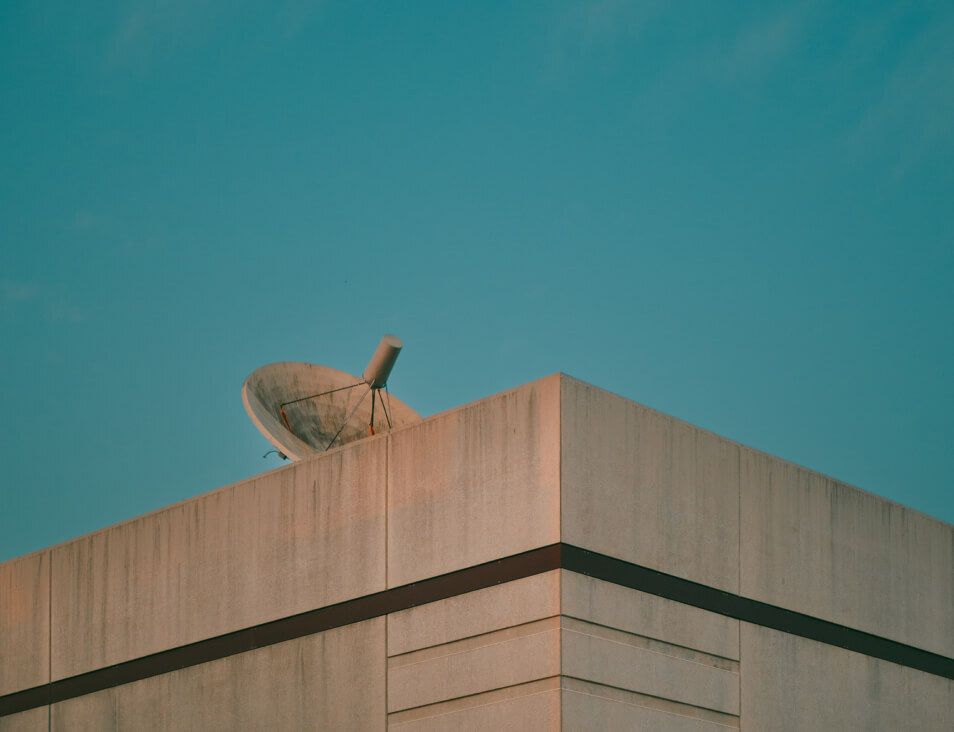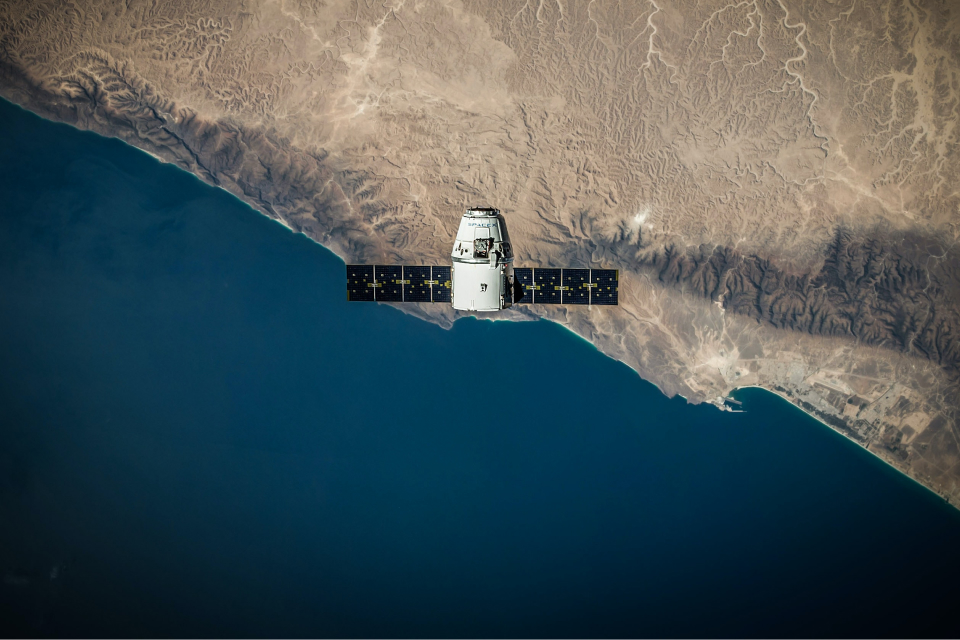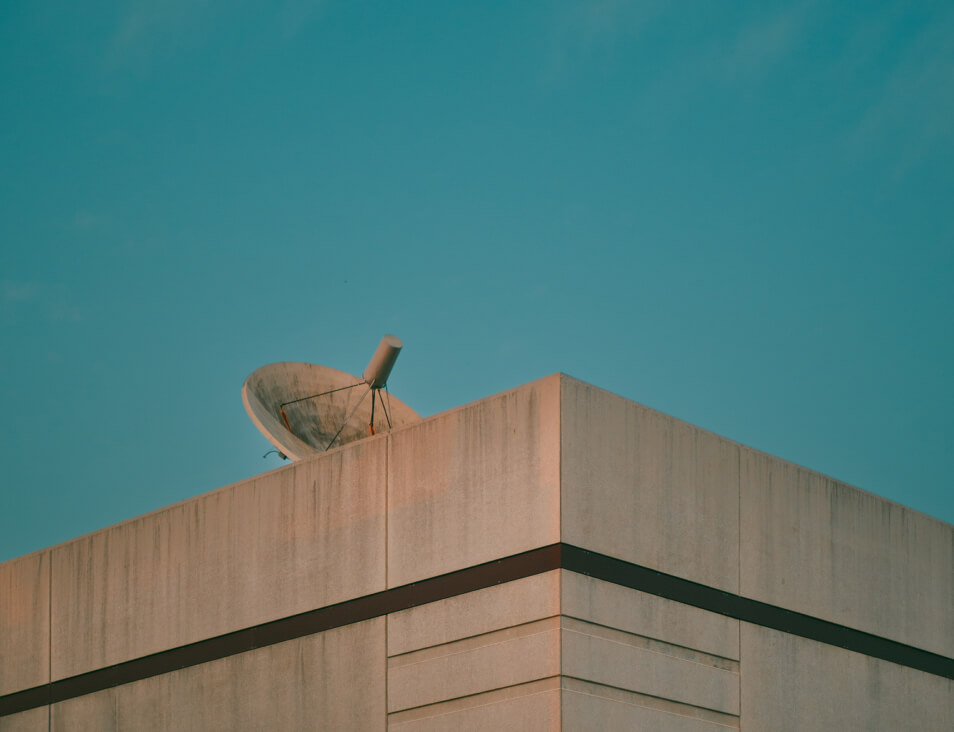Policy
- Geospatial policy launched: The national geospatial policy was released on 28 December 2022. The policy seeks to enhance use of geospatial technology products and services. And strengthen India’s geospatial capabilities and infrastructure.Primarily, the new policy outlines the government’s five-yearly milestones for promoting the country’s geospatial sector. By the year 2035, the government plans to ease the private sector’s access to critical high-resolution geospatial data such as (a) topographical survey & mapping data and (b) Bathymetric Geospatial Data of inland waters and sea surface. The government will constitute a national level Geospatial Data Promotion and Development Committee (GDPDC) for formulating guidelines for the geospatial sector. The GDPDC will also be responsible for creating a Geospatial Data Infrastructure for different sectors, such as Environment, Forest, Disaster Management etc. Additionally, a National Geospatial Data Registry will be created as a repository of geospatial data. The government will provide the private sector with access to the registry.
ISRO
- ISRO launched 177 foreign satellites from 19 nations in 5 years: Dr Jitendra Singh, union minister of science and technology informed the parliament that the Indian Space Research Organization (ISRO) had successfully launched 177 foreign satellites of 19 different countries. These satellites were launched between January 2018 to November 2022. Notably, OneWeb had signed an agreement with ISRO’s commercial arm – NewSpace India Limited to launch Seventy-Two (72) of OneWeb’s communication satellites in the Low-Earth Orbit. Thirty-Six (36) of these satellites were launched by ISRO in October 2022. Reports suggest that the remaining Thirty-Six (36) satellites will be launched by ISRO in March 2023. The Minister said that ISRO had earned about INR 1,100 crore in this period by launching foreign satellites.
- Union Ministry, ISRO develop a project-monitoring mobile application: Reportedly, the union ministry of development of north eastern region (MoDoNer) has developed a project monitoring mobile application in partnership with north eastern space application centre (NESAC). As per MoDoNer, the physical progress of projects can be monitored by mobile apps, satellite images and drone images. As of November 2022, 562 out of 588 projects in the north-east had been geo-tagged through satellite images and mobile apps.
Satcom
- TRAI releases recommendations on setting up satellite earth stations: On 29 November 2022, TRAI released recommendations on ‘Licensing Framework for Establishing and Operating Satellite Earth Station Gateway (SESG)’. Under the recommendations, license will be required to set up SESGs. SESG license holders can offer licenses to any entity with license/permission from the DoT or the ministry of information and broadcasting. SESG license holders cannot offer services directly to the consumer, and need a separate license/authorisation/permission from the government.
- Satcom service market to reach USD 141 billion by 2030, says ABI research: A report from ABI Research suggests that the annual service revenue from satcom services is likely to reach USD 141 billion by 2030. It also projected that the customers for essential satellite services are likely to increase to over 53 million by 2030. The report claims that servicing rural areas will be the biggest arena for competition between satcom players in the coming years. The report also claims that the biggest use-cases which will drive a mainstream satcom adoption are – IoTs, backhaul, commercial broadband, IFMC, etc.
- India Space Congress 2022 (ISC 2022): The ISC 2022, was hosted between 26-28 October 2022 by the SatCom Industry Association (SIA-India). The theme of ISC 2022 was ‘Leveraging space to power next-gen communication & businesses’. The ISC 2022 was supported by Indian Space Research Organisation, Ministry of Defence, Niti Aayog, Indian National Space Promotion and Authorization Center, NewSpace India Ltd and the Department of Telecommunication and allowed start-ups to pitch ideas to investors. The ISC also brought together different stakeholders to deliberate, discuss and learn about new business models, regulatory challenges, share cross-jurisdictional learnings and foster interest amongst new entrepreneurs for an Indian space ecosystem.
Spectrum
- TRAI likely to release recommendations for 5G spectrum allocation soon: PD Vaghela, chairperson, TRAI said that TRAI will soon release its recommendations on the mode of auction of satcom spectrum. However, other reports suggest that TRAI is likely to take at least 2 months to come up with an auction mechanism, considering an absence of international precedents for auction of satcom spectrum. Earlier reports indicate that DoT requested TRAI to provide its recommendations on the possible modes of auction of satcom spectrum. DoT had also reportedly urged TRAI to hire consultants (if needed) to devise auction methodology. The decision to assign satcom spectrum administratively is only expected if a feasible auction methodology is not reached. The timelines for TRAI’s upcoming recommendations are unclear. Some reports had suggested that TRAI will release a consultation paper in January on the mode of allocation and pricing of satcom spectrum. No such consultations have been released yet.
On the issue of mode of spectrum assignment, TRAI appears to find itself constrained by the 2012 judgment of the Supreme Court. In its December 2022 consultation paper on ‘Data Communication Services Between Aircraft and Ground Stations Provided by Organizations Other Than Airports Authority of India’, TRAI had sought comments on allocating spectrum for Data Communication Services through an administrative process. However, it had cautioned that 2012 judgment of the Supreme Court may be a roadblock in deciding in favour of administrative assignment of spectrum for all telecom services.
- Government to open-up 95GHz – 3 GHz frequency band to operators: Reports indicate that the DoT will seek TRAI’s views on opening the 95 GHz – 3 THz frequency band for free allocation to operators for developing new 6G technologies. K Rajaraman, secretary, DoT said that India is planning to lead the 6G standards development process for the world. He said that currently, there are no globally acceptable 6G standards, and therefore India will plan to finalize its 6G standards by 2023-24, which can be model standards for the world. He said that the government is increasingly supporting R&D for different 5G and 6G use-cases. The ITU-APT Foundation of India (IAFI) has reportedly written to the federal government seeking the creation of a dedicated 6G mission with a fixed budget and steering committees with 6G development goals in mind. IAFI has also called for broader industry participation in developing 6G standards in the country. In 2021, the DoT had created a 22-member ‘innovation group’, headed by K Rajaraman, Secretary, DoT, to create a 6G roadmap for the country. Subsequently, in April 2022, the DoT had also issued a notification inviting industry and academia for mapping 6G capabilities from the globe and including it in India’s roadmap. The federal government has also reportedly decided to allow temporary usage of spectrum in 95 gigahertz (GHz) – 3 terahertz (THz) frequency for development of 6G uses. However, this decision appear to have not gone well with telecom companies. Much like 5G or satcom spectrum, Telecos have also raised concerns with administrative or free allocation of any frequency band for 6G.
- Communications ministry releases the 2022 National Frequency Allocation Plan: Communications Ministry released a 2022 version of the National Frequency Allocation Plan (NFAP). The NFAP 2022 replaces the NFAP of 2018. The 2022 NFAP provides that the frequency range 27.5-28.5 GHz may be allowed for shared use by both IMT and satellite services subject to ‘feasibility’. Ashwini Vaishnaw, union telecom minister, said that the new NFAP will balance standardization and innovation in the telecom sector and will attract investments in India.
Start-ups
- Two space-tech start-ups, Pixxel and Skyroot, created history: Skyroot Aerospace launched ‘Vikram-S’, India’s first privately made rocket. The launch took place on 18 November 2022 at Sriharikota. Pixxel launched ‘Anand’, its third hyperspectral satellite on 26 November 2022. ‘Anand’ was built for earth observations for agriculture, energy and climate sectors.
- ISRO Chairperson says that 100 start-ups register with ISRO: S. Somnath, Chairperson, Indian space research organization (ISRO) said that about 100 start-ups have registered with the space agency. Out of these, at least 10 are developing satellites and rockets, and have the potential to become big players in the space sector. He also stated that India’s focus is on manufacturing various indigenous space technologies, such as green propellent, nuclear propellent, electric propellent, reusable rockets etc.
- Kalaari Capital and Indian Space Association (ISpA) discuss Space Bill and Space Policy at a meeting with start-ups. In this meeting with start-ups and investors, Jayant Patil, the Chairman of ISpA noted that clarity on intellectual property ownership is important to start-ups in the space sector. Mr. Patil hinted that ISpA met with the government on behalf of start-ups to raise the IP rights issue, adding that that the government might bring in clarity in the forthcoming draft of the space policy. The Space Policy is likely to deal with ease of business and provide a roadmap for private sector to participate in the space sector (e.g., through technology transfer).
- Prime Minister launches ‘Mission DefSpace’: Narendra Modi launched ‘Mission DefSpace’ for the development of innovative solutions for the armed forces, including space technology. At the launch. Rajnath Singh, Minister for Defence noted that start-ups and innovators should devise ideas to modernise the armed forces in India. The Defence Minister noted how lately Indian start-ups have entered the defence sector because of the ecosystem created by the government. The Defence Minister also noted that INR 300 crore has been earmarked for 100 iDEX winners to develop products and technologies across 50 domains. IDEX is the Defence Ministry’s initiative to foster innovation and collaboration in the defence sector, including incubating defence start-ups.
IN-SPACe
- Headquarters inaugurated: Headquarters of the Indian National Space Promotion and Authorization Centre (IN-SPACe) at Ahmedabad were inaugurated by Prime Minister Modi. The IN-SPACe will act as a single window for approving private space activities. It will also enable start-ups to access ISRO facilities and technology. Reportedly, space related provisions in the FDI policy will likely be liberalised soon. A new space policy is likely to be issued soon.
- Chairman, IN-SPACe indicates private sector involvement is a key thrust of space policy: Mr. Pawan Kumar Goenka, chairman, IN-SPACe, said that the key objective of the upcoming space policy is to enable maximum participation of the private sector in India’s space economy. An ISRO official reportedly said that ISRO will hand-hold promising Indian start ups for their entry into India’s space sector. The official reportedly also said that the private sector’s participation has the potential to increase India’s share in the global space economy from 2% to 8%. Goenka noted that private sector will need help with technology and accessing ISRO’s ecosystem; adding that IN-SPACe will facilitate this goal.
- Over 100 proposals for private-space related activities received by IN-SPACe. IN-SPACe received around 100 proposals for different space related activities by September 2022. 43 of these proposals were from start-ups. 54 of these proposals for satellites, 21 for space-rockets and 43 for different space-relating offerings. As on 25 Jan 2023, around 27 MoUs were signed, and 5 authorizations have been issued. These include proposals from Digantara (space situational awareness platform that raised seed round from Kalaari Capital) and Dhruva Space (small satellite platform that raised funding from Indian Angel Network).
- Private sector will play major role in small satellite launches: IN-SPACe chairman, Dr. Pawan Goenka, remarked that the private sector will play a major role in small satellite launches in 2023. He added that the central government registered over one hundred space start-ups for designing launch pads, mission control centers and building satellites in comparison to 32 years ago. He also stated that the private sector would have to play a major role for India’s share, which stands at about 2% (about USD 7-8 billion) of the global space economy to grow. As per him, a positive development in this direction was investment of USD$ 100 million in the space start-up ecosystem in 2022. This investment was more than that of previous years cumulatively.
Miscellaneous
- Satellite makers seek production-linked incentive (PLI) for space sector: Satcom Industry Association of India (SIA-India), as part of pre-budget consultations with the central government, has asked the centre to extend PLI scheme to cover the space sector in the upcoming Union Budget 2023. A PLI scheme will help Indian space-technology startups to enter or expand the commercial market. Other recommendations made for the sector include GST incentives for entities, a tax holiday regime, clarity on taxation jurisdiction over space activities, and tax concessions on R&D, level playing exemptions for private players, and certainty on taxation.
- Greater investment in quantum technology to pay long-term benefits: G. Satheesh Reddy, Scientific Advisor to the defence ministry, said that space technologies are developing at a fast pace. He said that the government plans to focus on new opportunities like space exploration and mining, space debris tracking and management, miniaturized-LEO satellites, reusable launch vehicles, AI, smart propulsion, and satellite broadband. He also said that the revenue projections for these space-tech solutions for critical space-based applications will surpass USD 1.6 trillion.
- Indian Space Association (ISpA) asks for setting up a space park: ISpA states that the central government should set up a ‘Space Park’. And offer tax holidays to promote satellite technology and boost domestic manufacturing. The Director General, A. K. Bhatt stated that the park should be built in public-private partnership mode. He also noted that the production linked incentive scheme alone is not enough. He added that that incentives are only given for 10 years, and that the incentives should be extended by 5 years. Both ISpA and SIA-India had sought tax incentives and financial assistance in the Annual Union Budget for 2023-24 for promoting indigenous manufacturing of space-tech equipment. However, no specific announcements were made for the sector in the Budget.
- Karnataka defence and space policy comes into force for the next 5 years. On 29 August 2022, the Karnataka government announced the Aerospace and Defence Policy 2022-27 (ADP 2022). The ADP 2022 aims to attract greater investments and to establish Karnataka as a preferred investment destination for aerospace and defence. Dr. E. V. Ramana Reddy, additional chief secretary of commerce and industries indicated that the objective of the ADP 2022 it to attract INR 45,000 crores worth of investments in 5 years. Other objectives of the ADP 2022 include employment generation, making Karnataka a manufacturing hub for aerospace and defence (including maintenance repair and overhaul), strengthening research and development for innovative technologies, and space applications for export and use in India. Reddy noted that Karnataka was the first state in India to announce an aerospace and defence policy in 2013. And that 67% of all helicopter and aircraft manufacturing for defence is done in Karnataka. Murugesh Nirani, Minister of Large and Medium Scale Industries, also noted the government’s development of phase-2 of the aerospace and defence part in Haralur, near the Bangalore International Airport.
Image credits: Freepik
For more on the topic please reach out to us at contact@ikigailaw.com










